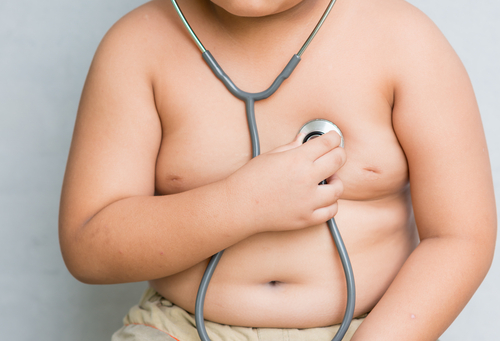A new longitudinal study from Norway finds that school-age children whose parents fed them more to soothe their negative feelings were more likely to eat emotionally later on. The reverse was also found to be the case, with parents of children who were more easily soothed by food being more likely to feed them for emotional reasons. Reader beware, these kinds of weak observational studies have multiple confounders, recall bias and a lack of objectivity about emotions being among them. But also that Norway has a relatively homogenous population, and a lack of diversity and immigration leads to the average citizen having a higher education, which will translate to food issue awareness.
When children eat to soothe their negative feelings, their food tends to be high in calories (e.g., sweets) so they consume more calories. If they emotionally overeat often, they are also more likely to be overweight. Emotional eating is also linked to development of later eating disorders (e.g., bulimia and binge eating).

Credit: Shutterstock
Researchers examined emotional feeding and eating in a representative group of 801 Norwegian 4-year-olds, looking at these issues again at ages 6, 8, and 10. They sought to determine whether parents involved in the study (mostly mothers) shaped their children's later behavior by offering food to make them feel better when they were upset (emotional feeding), and whether parents whose children were easily soothed by food (those who calmed when given food) were more likely to offer them more food for comfort at a subsequent time. Parents were asked to complete questionnaires describing their children's emotional eating and temperament (how easily they became upset, how well they could control their emotions), as well as their own emotional feeding. Approximately 65% of the children displayed some emotional eating.
The study found that young children whose parents offered them food for comfort at ages 4 and 6 had more emotional eating at ages 8 and 10. But the reverse was also true: Parents whose children were more easily comforted with food were more likely to offer them food to soothe them (i.e., to engage in emotional feeding). Thus, emotional feeding increased emotional eating, and emotional eating increased emotional feeding. The findings held even after accounting for children's body-mass index and initial levels of feeding and eating.
Moreover, higher levels of negative affectivity (i.e., becoming angry or upset more easily) at age 4 increased children's risk for emotional eating and feeding at age 6. And this contributed to the bidirectional relation between emotional feeding and emotional eating.




Comments